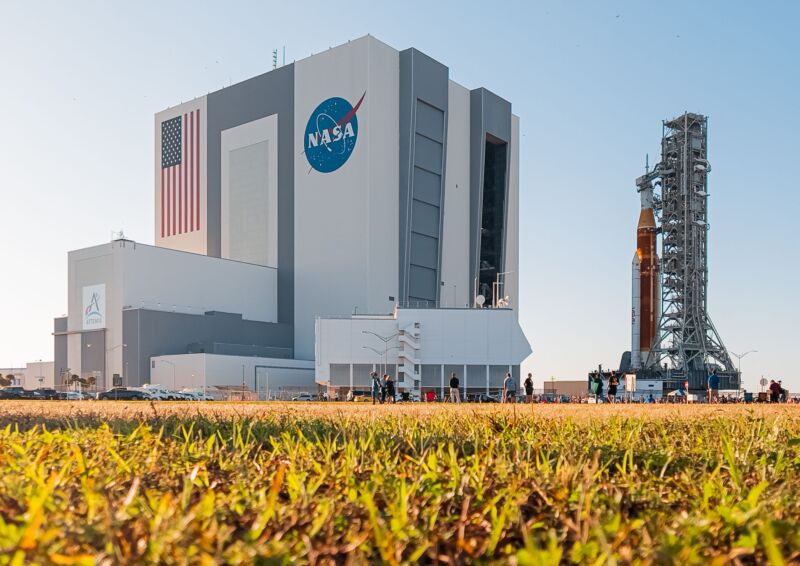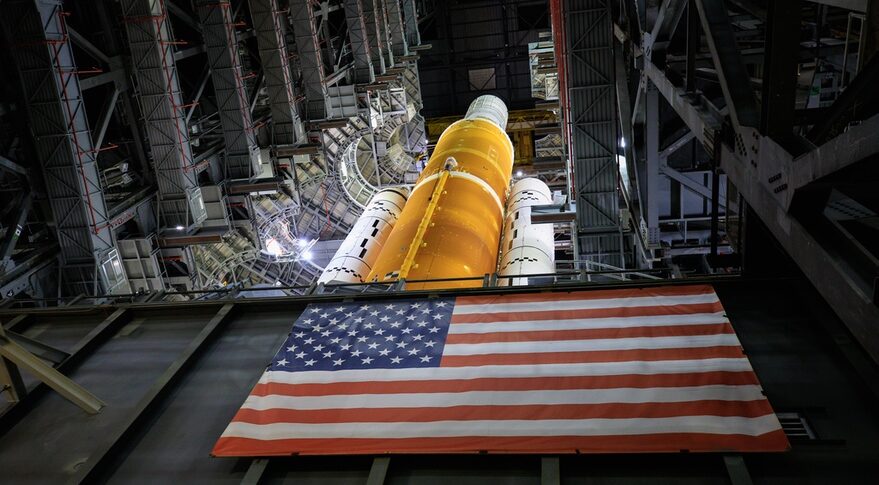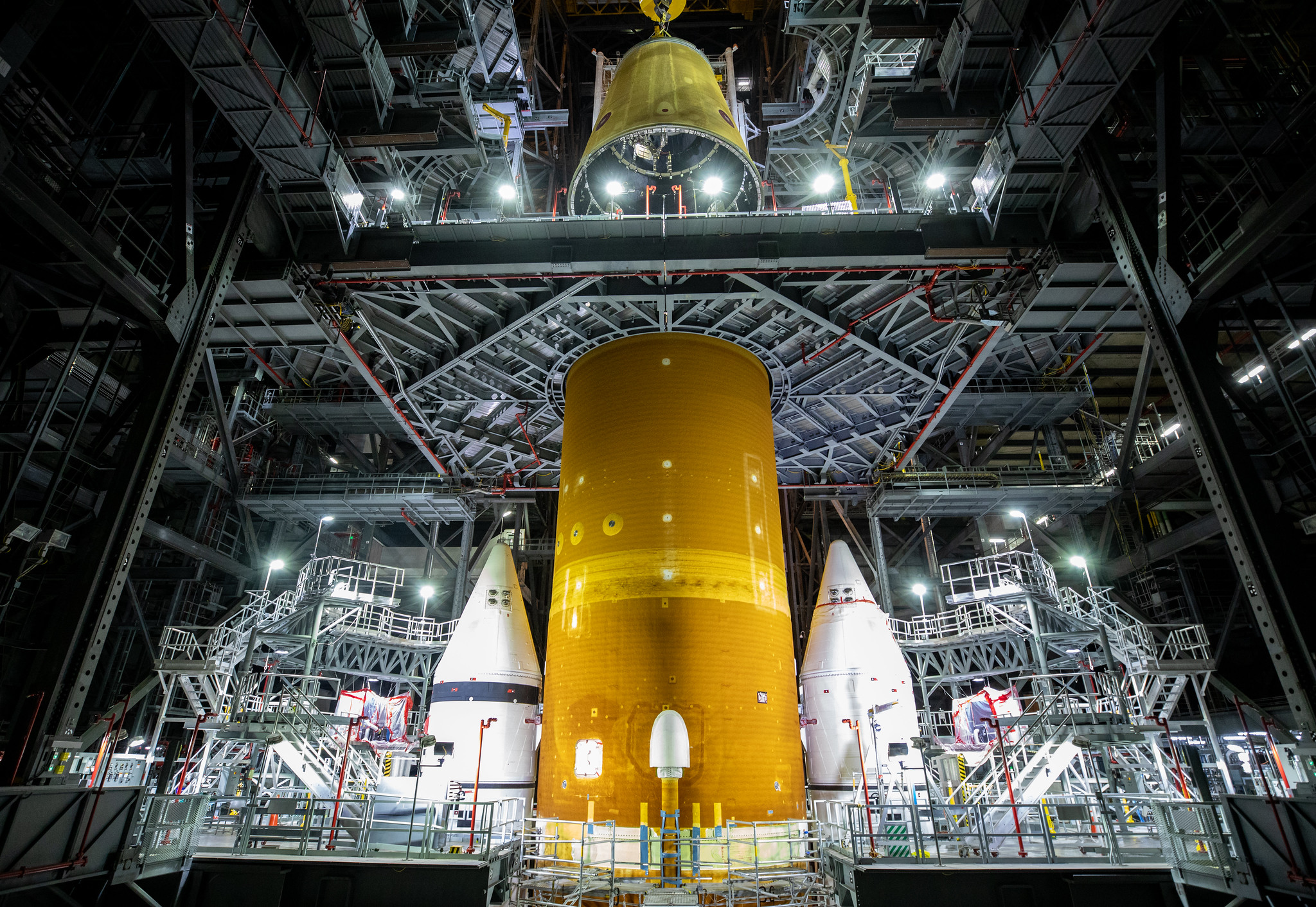NASA stated on April 16 that the Space Launch System would be rolled back from the launch pad for numerous modifications, significantly delaying the rocket’s long-awaited debut launch.
NASA said in a statement that the SLS would be returned to the Vehicle Assembly Building (VAB) “due to upgrades required at an off-site supplier of gaseous nitrogen used for the test.”
NASA did not specify when the vehicle would return to the VAB from Launch Complex 39B, where it rolled out on March 17. However, the agency stated that a briefing on its plans would be held on April 18. The agency also noted that the time spent in the VAB would be used to repair a malfunctioning helium check valve in the SLS’s upper stage, as well as a hydrogen leak discovered shortly after beginning to load liquid hydrogen into the rocket’s core stage during the April 14 attempt.

The leak occurs on the ground side of an umbilical plate on the tail service mast of the mobile launcher, not on the SLS itself. “The good news is that there are only a few things in that purge enclosure. Several discrete penetrations could be the problem,” Artemis launch director Charlie Blackwell-Thompson said during an April 15 briefing.
NASA Artemis mission manager Mike Sarafin said three suspected sources of the leak constituted “low-hanging fruit” for resolving the issue and allowing another wet dress rehearsal as soon as April 21.
Besides that, he noted that rolling the SLS back to the VAB was an option. “There are some more invasive approaches that entail getting further into the hardware and potentially having to get into some extended troubleshooting,” he stated, implying that work like this would be best done in the VAB.
Engineers, according to Sarafin, also had to consider the environmental implications of having the vehicle on the pad for a lengthy time, such as wind stresses on the towering vehicle.

“The longer we stay at the pad, the more stressed the vehicle would be,” he explained. “Every time the wind blows against it, it causes a bending moment, which mounts up over time.”
“We haven’t fully outlined all the options right now,” he said. “The one that we’re pursuing with great vigour is the low-hanging fruit option, and we’ll let the team come up with some other options.”
One alternative, according to Blackwell-Thompson, is to conduct another tanking test after the vehicle returns to the launch pad for the Artemis 1 mission.
“You could certainly look at your schedule risk for launch countdown and make a decision whether or not you wanted to do a tanking prior to a launch countdown,” she said.

In that case, the rocket would go through a tanking test and a rehearsal countdown before “some days later deciding to go launch.”
Blackwell-Thompson is unconcerned about failing the countdown test three times and not knowing when the hydrogen leak will be repaired. Before the first shuttle mission more than four decades ago, she said there were five or six tanking experiments.


